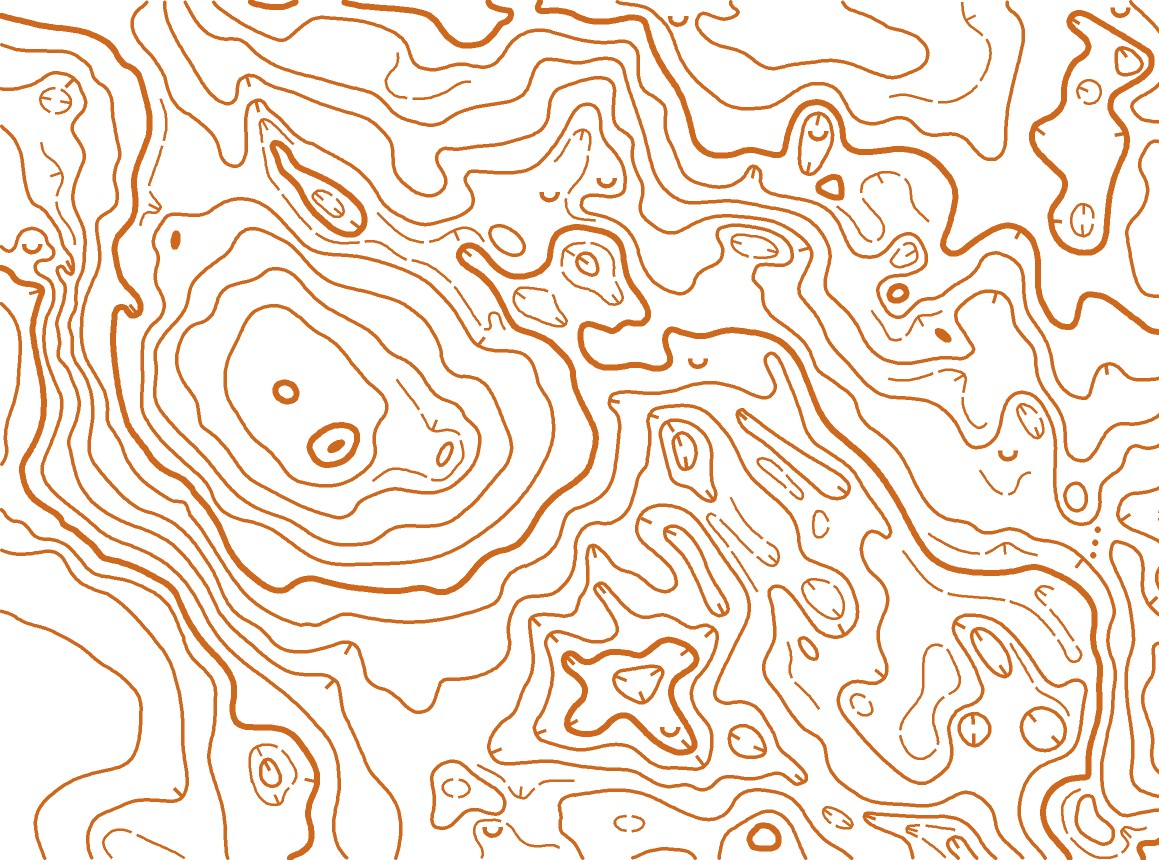In today’s digital age, maps are more than just navigational aids – they’re dynamic, interactive platforms that offer a wealth of information at our fingertips. Behind the scenes of these maps lies a crucial component: map tile servers. These servers play a pivotal role in delivering seamless and responsive map experiences across various applications and devices. In this article, we’ll explore the world of map tile servers, their importance, and how they work.
Understanding Map Tile Servers:
Map tile servers are specialized servers that store and serve map tiles – small, pre-rendered images that make up a map’s visual representation. These tiles typically cover specific geographic areas at various zoom levels, allowing users to view maps at different levels of detail, from a global perspective down to street-level granularity.
How Map Tiles Work:
- Tile Generation: Map tiles are generated by rendering cartographic data onto images, such as PNG or JPEG files. This process involves converting geographic data, such as vector shapes and raster imagery, into visually appealing map tiles that accurately depict features like roads, landmarks, and terrain.
- Tile Pyramid Structure: Map tiles are organized in a hierarchical structure known as a tile pyramid or tile pyramid scheme. At the highest zoom level, tiles cover the entire world at a low resolution. As the zoom level increases, more tiles are generated to provide greater detail for specific regions, resulting in a pyramid-like structure of tiles.
- Tile Coordinates: Each map tile is identified by its coordinates, consisting of a zoom level, x-coordinate, and y-coordinate. These coordinates determine the position and scale of the tile within the tile pyramid, enabling efficient retrieval and display of tiles based on user interactions.
Role of Map Tile Servers:
Map tile servers serve as the backbone of online mapping platforms, facilitating the storage, retrieval, and delivery of map tiles to end-users. Here’s how they operate:
- Tile Storage: Map tile servers store vast collections of map tiles, organized according to the tile pyramid structure. These tiles may be generated in advance and cached for faster retrieval or generated dynamically in response to user requests.
- Tile Serving: When a user interacts with a map – such as panning, zooming, or switching layers – the map application sends requests to the tile server for the corresponding map tiles. The server retrieves the requested tiles from storage and delivers them to the user’s device for display.
- Caching and Optimization: To improve performance and reduce latency, map tile servers often employ caching mechanisms to store frequently accessed tiles closer to users. Additionally, servers may employ techniques such as tile aggregation, compression, and vector tile generation to optimize tile delivery and minimize bandwidth usage.
Popular Map Tile Servers:
Several map tile servers are widely used in the mapping industry, including:
- OpenStreetMap (OSM) Tile Servers: OSM provides freely accessible tile servers that serve map tiles based on its crowd-sourced mapping data.
- Mapbox: Mapbox offers a suite of mapping services, including customizable map tile servers that cater to developers, businesses, and mapping enthusiasts.
- Google Maps Platform: Google Maps provides tile servers as part of its mapping platform, offering high-quality map data and advanced features for web and mobile applications.
Conclusion:
Map tile servers are the unsung heroes behind the maps we use every day, enabling us to explore the world, navigate unfamiliar terrain, and visualize spatial data with ease. By efficiently storing, retrieving, and delivering map tiles, these servers contribute to seamless and responsive map experiences across a wide range of applications and devices. Whether you’re building a web-based mapping application, conducting spatial analysis, or simply exploring the world from your smartphone, map tile servers play a vital role in shaping our digital mapping landscape.
In today’s digital age, maps are more than just navigational aids – they’re dynamic, interactive platforms that offer a wealth of information at our fingertips. Behind the scenes of these maps lies a crucial component: map tile servers. These servers play a pivotal role in delivering seamless and responsive map experiences across various applications and devices. In this article, we’ll explore the world of map tile servers, their importance, and how they work.
Understanding Map Tile Servers:
Map tile servers are specialized servers that store and serve map tiles – small, pre-rendered images that make up a map’s visual representation. These tiles typically cover specific geographic areas at various zoom levels, allowing users to view maps at different levels of detail, from a global perspective down to street-level granularity.
How Map Tiles Work:
- Tile Generation: Map tiles are generated by rendering cartographic data onto images, such as PNG or JPEG files. This process involves converting geographic data, such as vector shapes and raster imagery, into visually appealing map tiles that accurately depict features like roads, landmarks, and terrain.
- Tile Pyramid Structure: Map tiles are organized in a hierarchical structure known as a tile pyramid or tile pyramid scheme. At the highest zoom level, tiles cover the entire world at a low resolution. As the zoom level increases, more tiles are generated to provide greater detail for specific regions, resulting in a pyramid-like structure of tiles.
- Tile Coordinates: Each map tile is identified by its coordinates, consisting of a zoom level, x-coordinate, and y-coordinate. These coordinates determine the position and scale of the tile within the tile pyramid, enabling efficient retrieval and display of tiles based on user interactions.
Role of Map Tile Servers:
Map tile servers serve as the backbone of online mapping platforms, facilitating the storage, retrieval, and delivery of map tiles to end-users. Here’s how they operate:
- Tile Storage: Map tile servers store vast collections of map tiles, organized according to the tile pyramid structure. These tiles may be generated in advance and cached for faster retrieval or generated dynamically in response to user requests.
- Tile Serving: When a user interacts with a map – such as panning, zooming, or switching layers – the map application sends requests to the tile server for the corresponding map tiles. The server retrieves the requested tiles from storage and delivers them to the user’s device for display.
- Caching and Optimization: To improve performance and reduce latency, map tile servers often employ caching mechanisms to store frequently accessed tiles closer to users. Additionally, servers may employ techniques such as tile aggregation, compression, and vector tile generation to optimize tile delivery and minimize bandwidth usage.
Popular Map Tile Servers:
Several map tile servers are widely used in the mapping industry, including:
- OpenStreetMap (OSM) Tile Servers: OSM provides freely accessible tile servers that serve map tiles based on its crowd-sourced mapping data.
- Mapbox: Mapbox offers a suite of mapping services, including customizable map tile servers that cater to developers, businesses, and mapping enthusiasts.
- Google Maps Platform: Google Maps provides tile servers as part of its mapping platform, offering high-quality map data and advanced features for web and mobile applications.
Conclusion:
Map tile servers are the unsung heroes behind the maps we use every day, enabling us to explore the world, navigate unfamiliar terrain, and visualize spatial data with ease. By efficiently storing, retrieving, and delivering map tiles, these servers contribute to seamless and responsive map experiences across a wide range of applications and devices. Whether you’re building a web-based mapping application, conducting spatial analysis, or simply exploring the world from your smartphone, map tile servers play a vital role in shaping our digital mapping landscape.


Leave a Reply